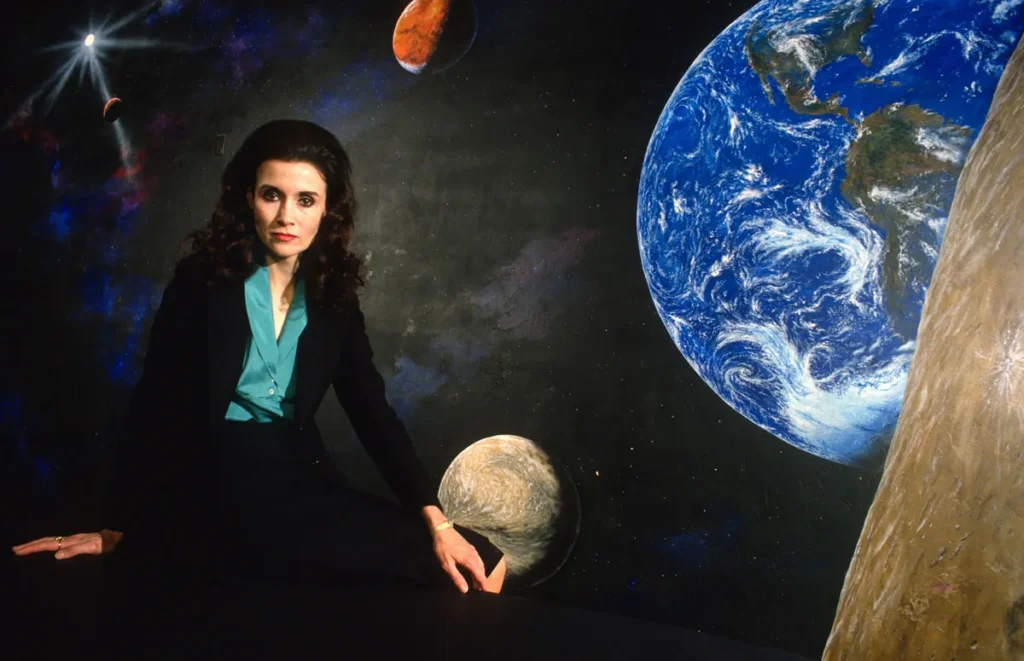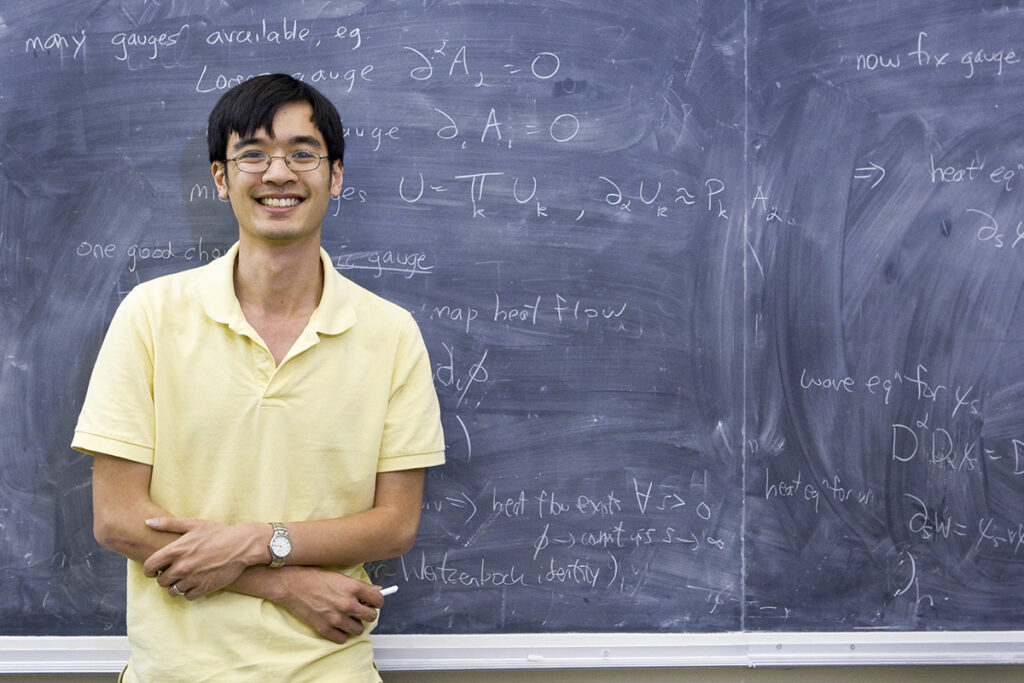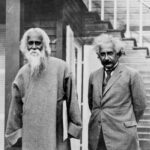The highest IQs ever recorded range between 200 and 250. But what does that really mean? IQ, or Intelligence Quotient, is a measure of cognitive abilities, assessed through standardized tests that evaluate skills such as puzzle-solving, memory, and logical reasoning.
What IQ Scores Indicate
IQ scores are typically measured against a median score of 100. A score below 85 is considered below average, while scores above 130 place individuals in the top 2% of the population. However, IQ scores should be interpreted cautiously due to cultural influences and other factors. As a Frontiers in Systems Neuroscience study notes, “intelligence test scores are often misunderstood and can be misused.”
Importantly, IQ scores are not absolute measurements. For instance, an IQ of 130 does not mean someone is 30% smarter than someone with an IQ of 100. Furthermore, changes in testing methodologies over decades make historical comparisons challenging.
Who Holds the Highest IQ?
Terence Tao
Currently, Terence Tao is believed to have the highest IQ, estimated between 225 and 230. Known as the “Mozart of Math,” Tao was solving university-level calculus problems by age nine and began his Ph.D. at Princeton at 16. Now a professor at UCLA, Tao has published 17 books and over 300 research papers. He also serves on President Joe Biden’s Council of Advisors on Science and Technology.
Marilyn vos Savant
Marilyn vos Savant achieved an IQ score of 228, once recognized by Guinness World Records as the highest recorded. Her “Ask Marilyn” column in Parade Magazine showcased her intellect, but she faced controversy when solving the Monty Hall problem—a probability puzzle—leading to thousands of critical letters, including from PhD holders.

Christopher Hirata
With a confirmed IQ of 225, physicist Christopher Hirata achieved national fame as a child prodigy, joining NASA’s Mars colonization project at age 14 and earning a Ph.D. in physics from Princeton by 22.
Historical Figures with Exceptional Intelligence
For some historical figures, IQ tests didn’t exist during their lifetimes, making estimations speculative:
- William James Sidis: Credited as one of the smartest individuals ever, Sidis reportedly had an IQ between 250–300. He entered Harvard at age 11 and made significant contributions to multiple fields. However, claims about his IQ remain controversial.
- Ada Lovelace: The first computer scientist, Lovelace is celebrated for her pioneering work on Charles Babbage’s Analytical Engine, the precursor to modern computers.
- Albert Einstein: Although no IQ test was taken, Einstein’s theoretical brilliance, particularly in relativity, remains iconic.
- Leonardo da Vinci: Renowned for his multifaceted genius, da Vinci’s contributions to art, engineering, and science continue to inspire.
What Does an IQ Test Measure?
IQ tests assess various cognitive skills, including:
- Logical reasoning
- Visual-spatial processing
- Working memory
- Problem-solving
Scores are benchmarked against population averages, with a theoretical upper limit around 200, although some individuals exceed this threshold.
Limitations of IQ Tests
IQ tests aren’t flawless. Performance can vary depending on factors like test anxiety, time of day, and familiarity with testing formats. Moreover, high IQs in childhood don’t always persist into adulthood; scores can drop by as much as nine points upon retesting.
Broader Perspectives on Intelligence
Psychologists argue that intelligence is multifaceted:
- Raymond Cattell: Proposed “fluid intelligence” (problem-solving adaptability) and “crystallized intelligence” (knowledge accumulation).
- Howard Gardner: Suggested multiple intelligences, including mathematical, verbal, visual-spatial, social, and musical aptitudes.
- Emotional Intelligence (EQ): Introduced by Drs. Salovey and Mayer, EQ measures the ability to understand and manage emotions.
Conclusion
IQ tests offer insights into cognitive abilities but are not the sole measure of intelligence. Broader frameworks, encompassing emotional, social, and creative intelligences, paint a more comprehensive picture of human potential.


